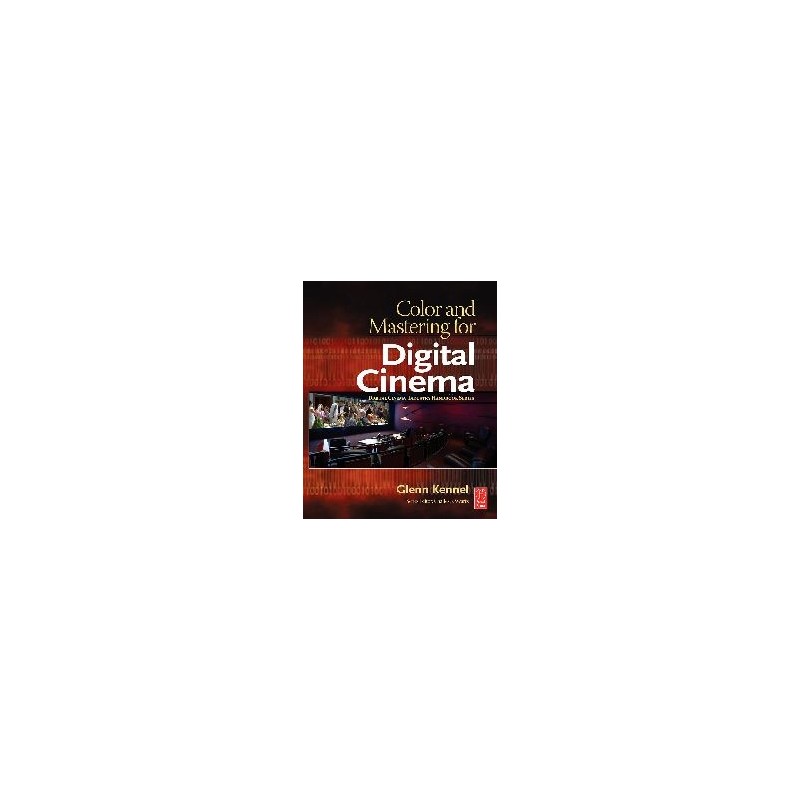- Out-of-Stock



No product available!
AVT kit for self-assembly of a remotely controlled switch with two relays. AVT5551 B
No product available!
No product available!
No product available!
ROSA3D filament made of TPU thermoplastic polyurethane. 0.5 kg of filament with a diameter of 1.75 mm is wound on the spool. ROSA3D ROSA-Flex 85A White
No product available!
A set for building a mobile robot with a gripper controlled by a mobile application. TMK-DMNNG totem
No product available!
Contact IPA Plus contains high purity isopropyl alcohol. Removes all contamination from optical elements. Leaves no traces or stains. AG Termopasty ART.AGT-290
No product available!
No product available!
No product available!
No product available!
Bodhilabs VPack5.0V 2-AAA Battery Holder w/ 5V Regulator
No product available!
No product available!
No product available!
Universal multimeter allows you to measure direct and alternating voltage, direct and alternating current, resistance, capacity, temperature. Equipped with diode tester, circuit continuity test, automatic circuit breaker. Uni-T UT151C
No product available!
No product available!
Starter kit with Raspberry Pi Zero 2 WH with soldered connectors and official accessories
No product available!

